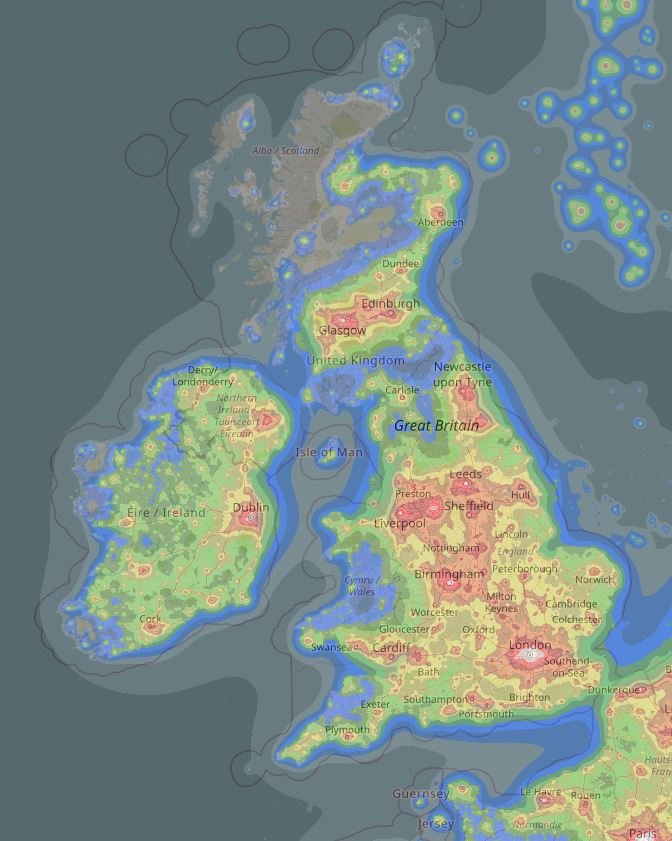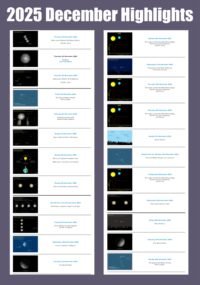Author Archives: Derek
Saturday 20th December 2025
Algol Minimao
Thursday 18th December 2025
Algolo
Wednesday 17th December 2025
Monday 15th December 2024
Algol Minimao
Sun 14th – Tues 17th Dec 2025
Sat 13th thru Sun 14th Dec 2025
Fri 12th thru Sat 13th December 2025
Tuesday 9th December 2025
Titan & Rhea to be seen together










